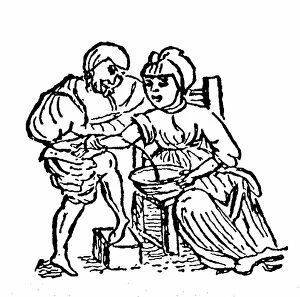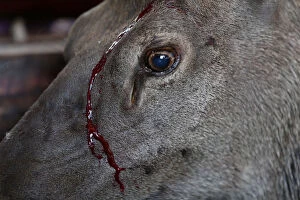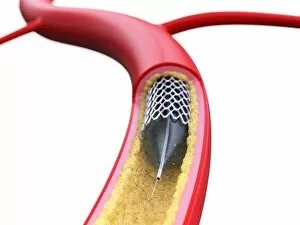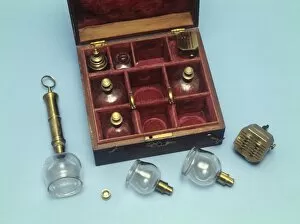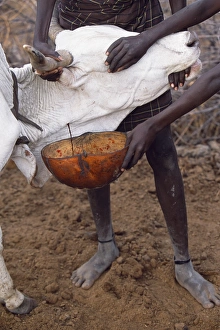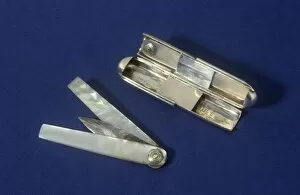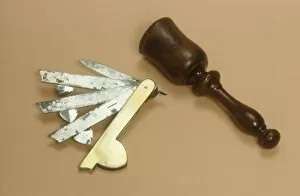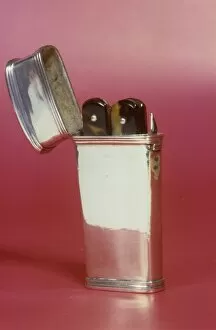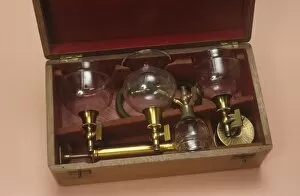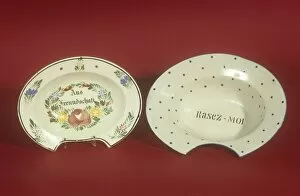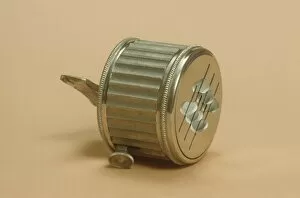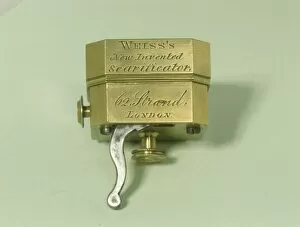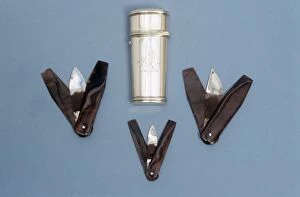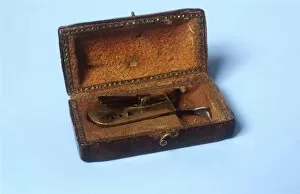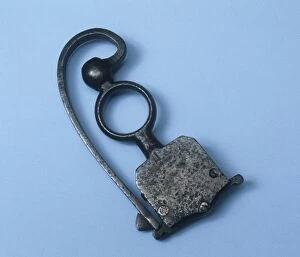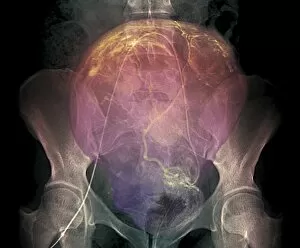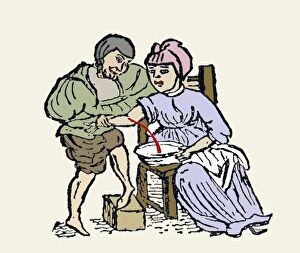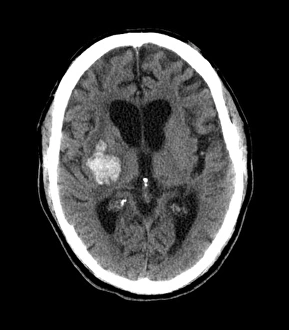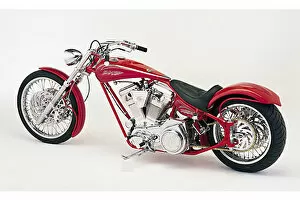Bleed Collection
"Let It Bleed: Unveiling the Hidden Wounds of Society" In Bristol, a passionate group of children takes to the streets
All Professionally Made to Order for Quick Shipping
"Let It Bleed: Unveiling the Hidden Wounds of Society" In Bristol, a passionate group of children takes to the streets, campaigning against education cuts that threaten their future. Their voices echo through the city, demanding a fair chance at knowledge and opportunities. The bleeding hearts of these young activists remind us that our children are not mere statistics but the very essence of hope. Meanwhile, in another corner of nature's realm, breeders carefully cut off deer antlers renowned for their strong healing effect. This ancient practice reminds us that sometimes we must endure pain to find true restoration. As we witness this delicate process unfold, it serves as a poignant metaphor for life's trials and tribulations. Delving into history's archives reveals Francisco Goya's haunting etching "There is plenty to suck. " Created in 1799 during a time rife with political turmoil and social unrest, this artwork depicts society draining its citizens' resources mercilessly. Goya's powerful message resonates even today as we confront similar challenges within our own communities. Moving forward through artistry and faith, we encounter "Christ Carrying the Cross, " an oil painting from around 1490. In this profound depiction of suffering and sacrifice, blood drips from Christ's wounds as he bears his burden with unwavering determination. His resilience inspires us to face adversity head-on while finding solace in our beliefs. Stepping into the realm of crime stories unveils tales filled with suspenseful twists and turns – narratives where secrets bleed onto every page or screen. These gripping accounts captivate audiences by exploring humanity’s darkest corners while reminding us that justice can prevail even amidst chaos. Shifting gears towards medical marvels brings forth an illustration showcasing a stent inside an artery – a modern triumph over cardiovascular diseases threatening lives worldwide. This intricate image symbolizes how science continues to push boundaries by mending broken vessels within our bodies; proof that innovation can heal even the deepest wounds.

